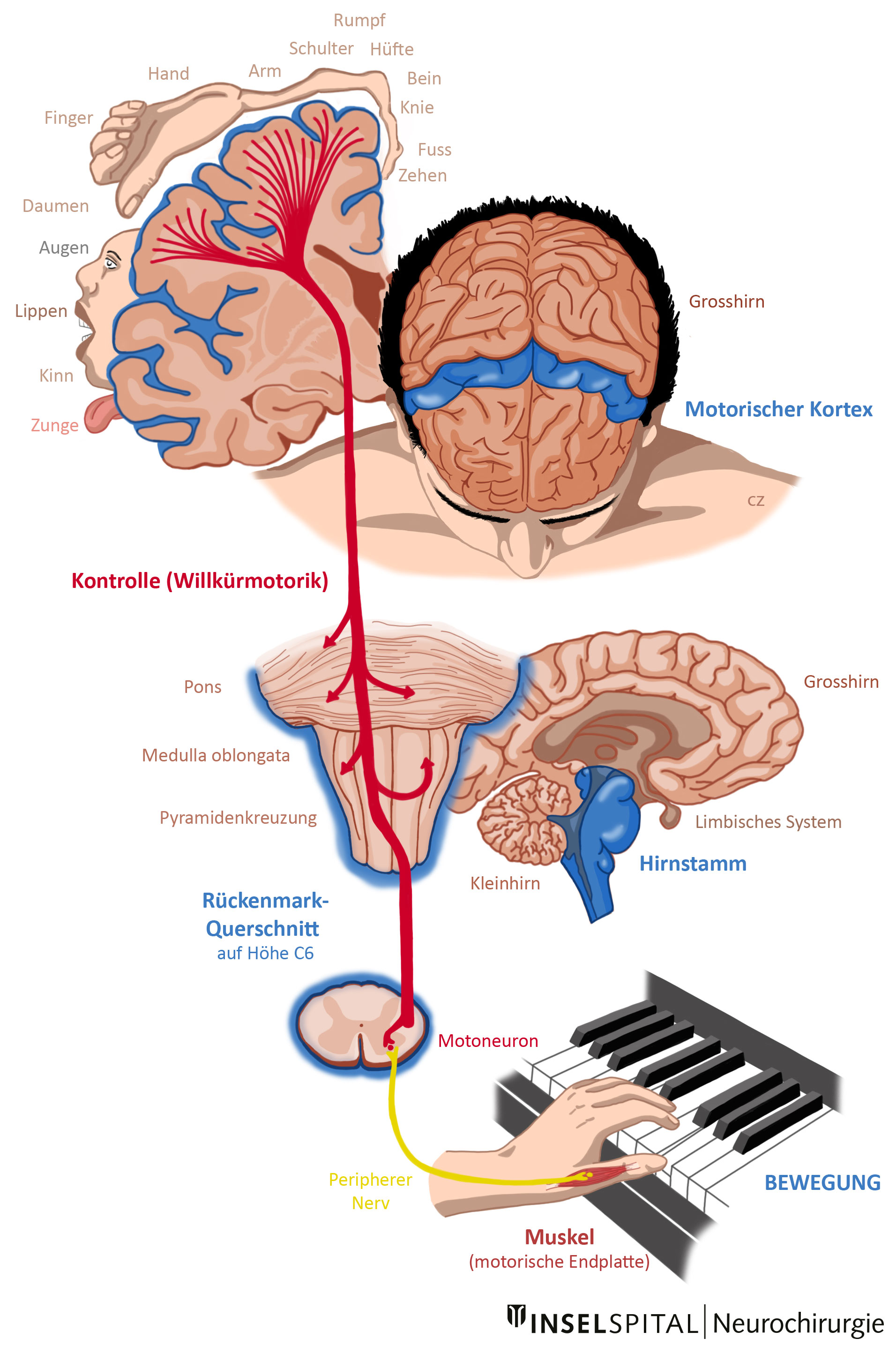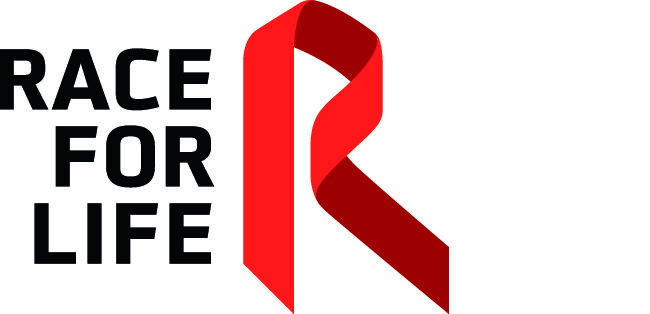Neurosurgeon Kathleen Seidel and head physician Prof. Andreas Raabe have developed a surgical method that has reduced the complication rate for brain tumor removal to 5%. For this, she was awarded the Theodor Kocher Prize. In Race for Life, you can try out how the dynamic suction principle works.
In Switzerland, 600 people develop a malignant brain tumor every year. Almost a third of those affected are younger than 50 years old at the time of diagnosis. In children, brain tumors are actually the second most common cancer after leukemia. Just five years ago, many of those affected could not be operated on because the risk of the brain tumor surgery causing permanent paralysis would have been too high. The neurosurgeons at the Department of Neurosurgery at Inselspital were not willing to accept this.
Park assist for neurosurgeons

Together with Prof. Andreas Raabe, Director and Chief Physician at the Department of Neurosurgery at Inselspital, Senior Physician Kathleen Seidel initially developed a kind of electrical current radar that – similar to an aircraft radar – measures the distances to the most important nerve tracts. Thanks to this radar, the surgeon knows how to navigate past the functional areas and reach the tumor. In a second step, the current radar was combined with the surgical instrument used to suction away a tumor during the operation. This is how the dynamic suction device was created. Since then, surgeons no longer have to switch back and forth between two instruments. The suction device continuously stimulates the cells in the brain with electricity and emits an acoustic signal to alert the surgeon if it comes dangerously close to the movement center. This ensures that only tumor tissue is removed. Since the dynamic suction device was introduced in 2014, the complication rate – i.e. permanent paralysis after brain tumor surgery – has been reduced from 14% to 5% today. Kathleen Seidel was awarded Theodor Kocher Prize last year for the success of this method. Today, the dynamic suction system is used in over 40 countries.
Finding the center of movement with electronic radar
Kathleen Seidel will be personally providing information about her research at the Race for Life and explaining how the dynamic suction cup works at the University Comprehensive Cancer Center Inselspital booth. Using a model, visitors can try to locate the movement center in the brain with the dynamic suction cup. The first person to find out which region of the brain controls the movement of the right arm wins an ice cream from Gelateria di Berna. To win, visit the Tumor Center's booth on Bundeshausplatz.
Related News
- Associate Professorship for Kathleen Seidel30.08.22 - Prof. Kathleen Seidel has been appointed as an associate professor at the University of Bern.
- Reward for an unrelenting thirst for research03.12.18 - Kathleen Seidel, MD, has been awarded the prestigious Theodor Kocher Prize at this year's Dies Academicus. The University of Bern is using this award…

